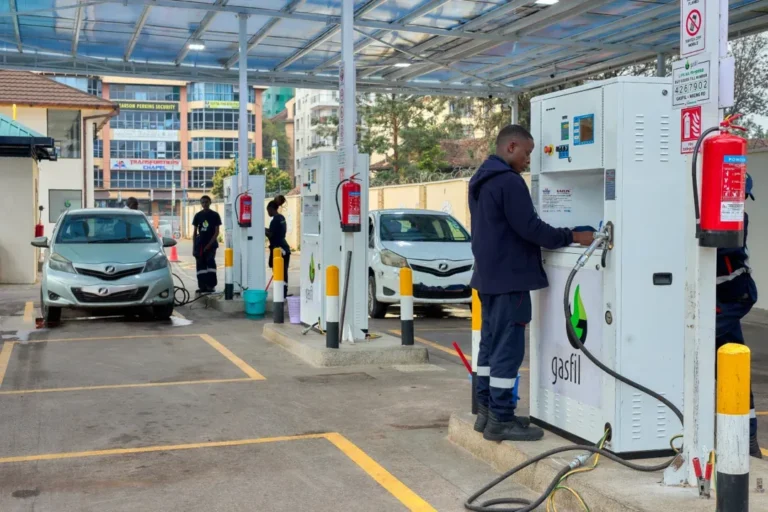East Africa is at a critical juncture in its energy transition, grappling with the dual challenges of rising energy demand and the urgent need for sustainable solutions. Gasfil, a pioneering energy solutions provider, is leading the charge by introducing localized clean energy initiatives that address these pressing issues head-on.
We had a chat with James Macharia, Managing Director of Gasfil Kenya, where he shared insights into how the company is transforming the region’s energy landscape. From leveraging liquefied petroleum gas (LPG) as a cleaner alternative to fossil fuels to building robust infrastructure that reaches underserved communities, Gasfil’s
innovative approach is paving the way for a more sustainable and prosperous East Africa.
This is what he had to say.
What are the key energy challenges facing East Africa today?
East Africa, home to over 450 million people, faces significant energy challenges related to access, affordability, and sustainability. Rising populations, urbanization, and industrialization in countries like Kenya, Tanzania, and Uganda have increased the demand for reliable and sustainable energy sources. However, the region remains heavily reliant on traditional and harmful fuels such as petrol and diesel, which contribute to air pollution,
health issues, and environmental degradation.
How is Gasfil addressing these energy challenges in East Africa?
Gasfil, a leading energy solutions provider, is pioneering localized clean energy solutions in East Africa. The company focuses on liquefied petroleum gas (LPG) as a clean, accessible, and sustainable alternative to traditional fossil fuels. By offering tailored solutions that address the unique needs of emerging economies, Gasfil is transforming the energy landscape and providing a viable, scalable alternative to harmful fuels.
What role does LPG play in solving East Africa’s energy problems?
LPG has emerged as a cleaner, more sustainable alternative for transportation, offering immediate benefits such as reduced emissions and lower operational costs. Derived from natural gas and oil, LPG burns cleaner than conventional fuels, emitting fewer pollutants. Gasfil views LPG as a critical solution to East Africa’s energy challenges, particularly in the transportation sector, where it provides a cost-effective and environmentally friendly fuel source.
How is Gasfil ensuring LPG is accessible and affordable in East Africa?
Gasfil’s success in East Africa stems from its commitment to developing localized infrastructure that meets the region’s specific energy needs. The company has invested in retail shops, delivery systems, and partnerships with local businesses to create a robust distribution network. This network ensures LPG is accessible and affordable to customers in both urban and rural areas, including communities traditionally underserved by fuel suppliers.
How does Gasfil’s approach align with global climate goals?
Our efforts to build a sustainable LPG infrastructure align with international climate commitments. By increasing the availability of cleaner transportation fuels, Gasfil is helping to reduce the region’s carbon footprint. This contribution is a vital part of East Africa’s role in global climate action, demonstrating how localized solutions can have a broader environmental impact.
What makes Gasfil’s approach unique in the energy sector?
Our approach is unique because it combines practicality, scalability, and sustainability. The company’s focus on LPG as a transportation fuel addresses both environmental and economic challenges in East Africa. By developing specialized infrastructure, offering flexible payment options, and reducing harmful emissions, we are paving the way for a cleaner, healthier, and more prosperous future for the region.
What lessons can other companies learn from Gasfil’s work in East Africa?
Our pioneering work in East Africa demonstrates how renewable energy solutions can drive long-term growth in emerging economies. The company’s localized approach, tailored to the unique needs of the region, offers valuable insights for other businesses looking to invest in Africa’s energy revolution. Our success highlights the importance of understanding local challenges, building robust infrastructure, and prioritizing sustainability
to create impactful change.
What is the vision for the future of energy in East Africa?
Gasfil envisions a cleaner, more sustainable future for East Africa, where accessible and affordable energy solutions drive economic growth and improve quality of life. By continuing to innovate and expand its LPG infrastructure, we aim to play a leading role in the region’s energy transformation, contributing to a healthier environment and a more prosperous society.

